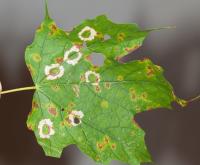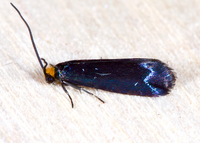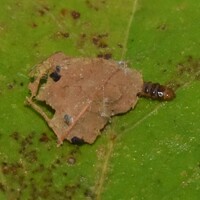
| Recorded by: Jeff Niznik, David George, Kaitlyn Elliott on 2025-10-30
Cumberland Co.
Comment: | 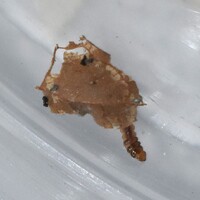
| Recorded by: Jeff Niznik, David George, Kaitlyn Elliott on 2025-10-30
Cumberland Co.
Comment: |
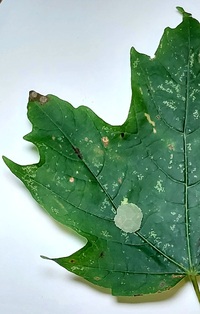
| Recorded by: Mark Basinger on 2025-08-15
Ashe Co.
Comment: | 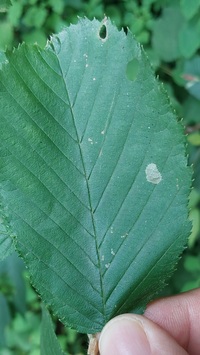
| Recorded by: Mark Basinger on 2025-06-22
Buncombe Co.
Comment: |

| Recorded by: Jeff Niznik, David George, Kaitlyn Elliott on 2025-05-09
Cumberland Co.
Comment: | 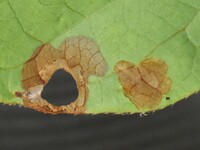
| Recorded by: Jeff Niznik, David George, Kaitlyn Elliott on 2025-05-09
Cumberland Co.
Comment: |
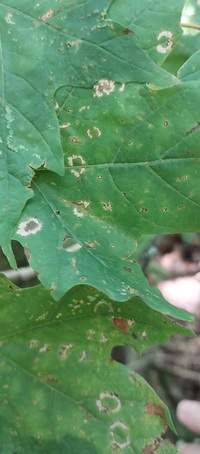
| Recorded by: Mark Basinger on 2024-08-09
Mitchell Co.
Comment: | 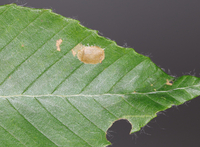
| Recorded by: Jim Petranka and Mark Basinger on 2024-08-07
Mitchell Co.
Comment: An occupied shelter on American Beech. |
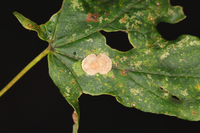
| Recorded by: Jim Petranka and Mark Basinger on 2024-08-06
Mitchell Co.
Comment: On Sugar Maple. | 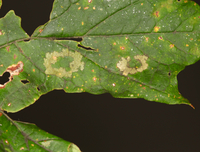
| Recorded by: Jim Petranka and Mark Basinger on 2024-08-06
Mitchell Co.
Comment: |
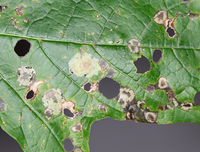
| Recorded by: Jim Petranka on 2024-07-29
Madison Co.
Comment: | 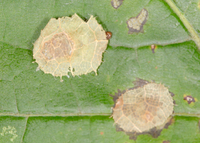
| Recorded by: Jim Petranka on 2024-07-29
Madison Co.
Comment: a close-up of two occupied cases on Sugar Maple. |
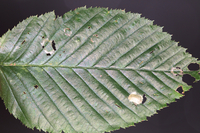
| Recorded by: Jim Petranka and Becky Elkin on 2024-07-11
Madison Co.
Comment: Occupied leaves were on Yellow Birch. | 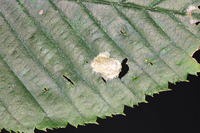
| Recorded by: Jim Petranka and Becky Elkin on 2024-07-11
Madison Co.
Comment: Occupied leaves were on Yellow Birch. |
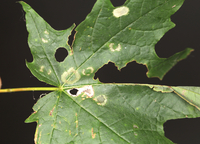
| Recorded by: Jim Petranka and Becky Elkin on 2024-07-07
McDowell Co.
Comment: On Sugar Maple. | 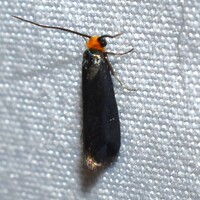
| Recorded by: Jeff Niznik on 2024-05-12
Madison Co.
Comment: |
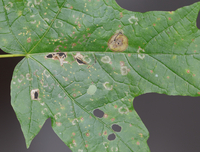
| Recorded by: Jim Petranka on 2023-07-15
Madison Co.
Comment: A Sugar Maple leaf with feeding damage and an occupied case. | 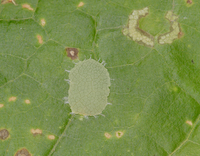
| Recorded by: Jim Petranka on 2023-07-15
Madison Co.
Comment: An occupied case on Sugar Maple. |
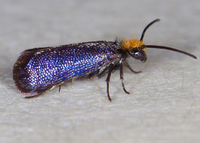
| Recorded by: Jim Petranka on 2023-04-21
Madison Co.
Comment: | 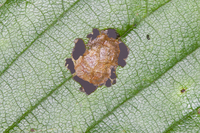
| Recorded by: Jim Petranka on 2022-08-18
Buncombe Co.
Comment: Larvae with leaf cases were on Yellow Birch and were far less common than is typically seen when on Sugar Maple. |
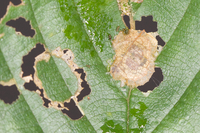
| Recorded by: Jim Petranka on 2022-08-18
Buncombe Co.
Comment: Larvae with leaf cases were on Yellow Birch and were far less common than is typically seen when on Sugar Maple. | 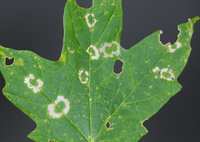
| Recorded by: Jim Petranka and Becky Elkin on 2022-08-10
Mitchell Co.
Comment: |
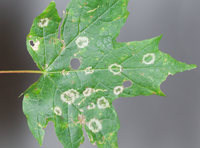
| Recorded by: Jim Petranka and John Petranka on 2022-08-10
Watauga Co.
Comment: A Sugar Maple with characteristic feeding zones and oval cut-outs. | 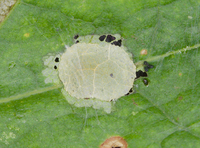
| Recorded by: Jim Petranka and John Petranka on 2022-08-10
Watauga Co.
Comment: A close-up on a larval case that was constructed from a leaf cut-out. |
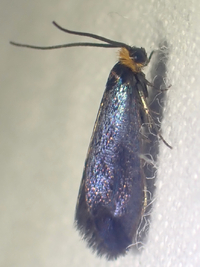
| Recorded by: tom ward on 2022-05-11
Buncombe Co.
Comment: | 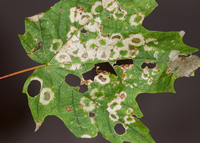
| Recorded by: Jim Petranka and Becky Elkin on 2021-09-18
Madison Co.
Comment: A Sugar Maple with characteristic feeding zones and oval cut-outs. |
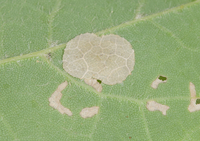
| Recorded by: Jim Petranka and Becky Elkin on 2021-08-03
Watauga Co.
Comment: | 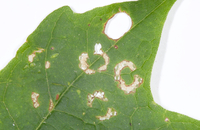
| Recorded by: Jim Petranka and Becky Elkin on 2021-08-03
Watauga Co.
Comment: |
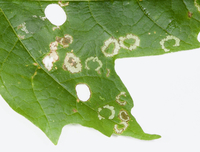
| Recorded by: Jim Petranka, Becky Elkin and Bo Sullivan on 2021-08-02
Ashe Co.
Comment: | 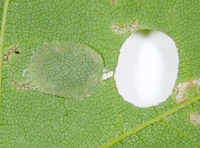
| Recorded by: Jim Petranka, Becky Elkin and Bo Sullivan on 2021-08-02
Ashe Co.
Comment: A view of a green feeding case on the left and a cut-out hole in the leaf on the right that was used to construct the case. |
|

 »
»
